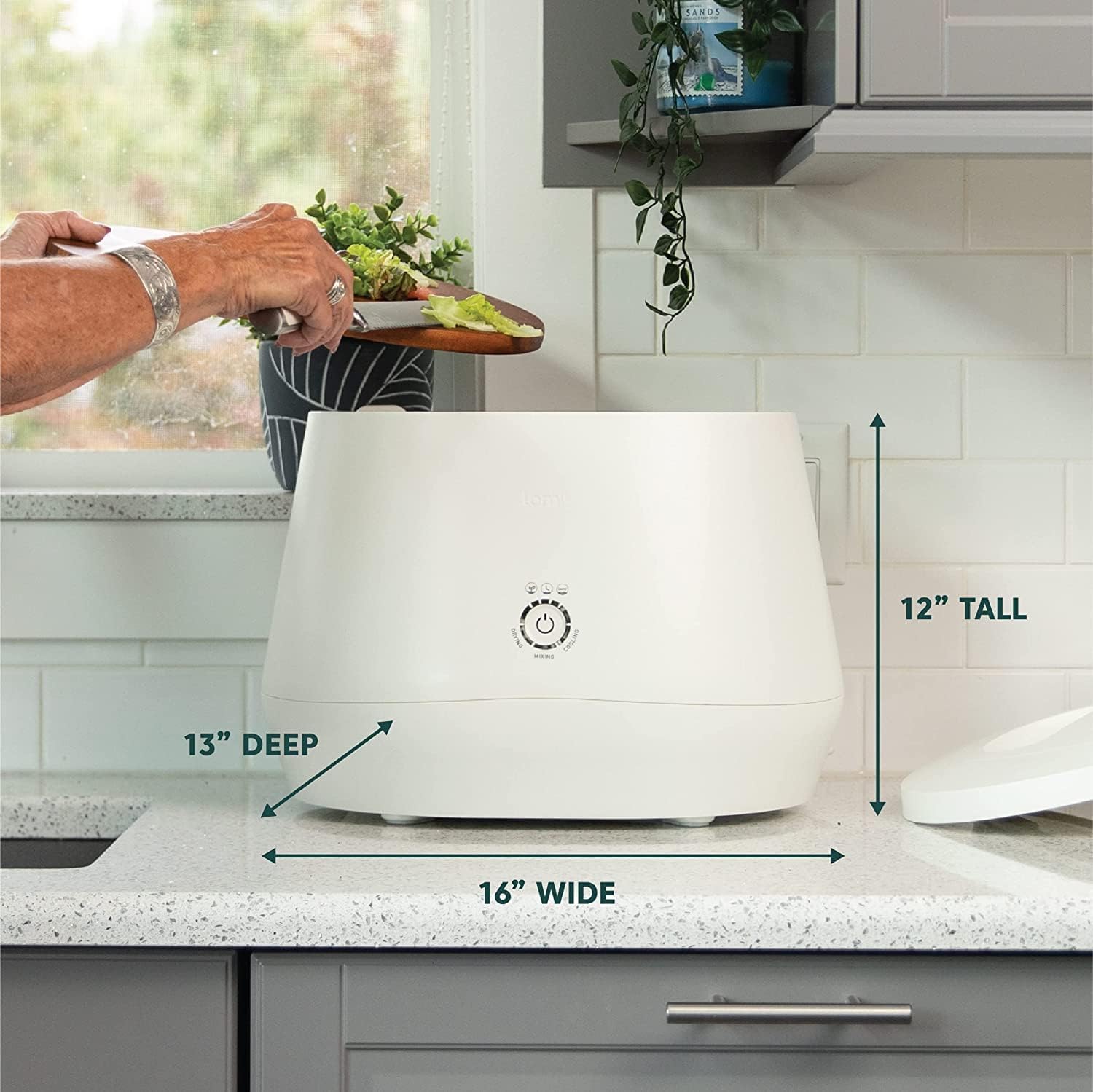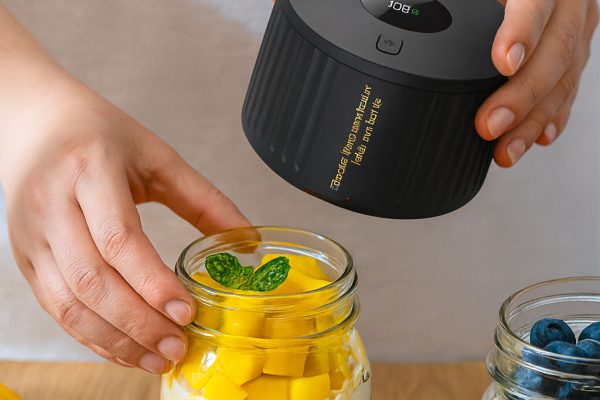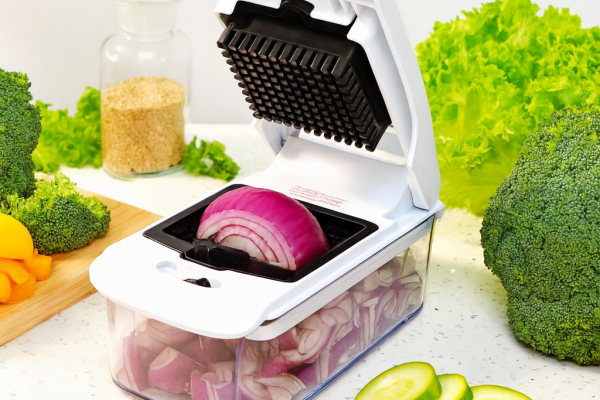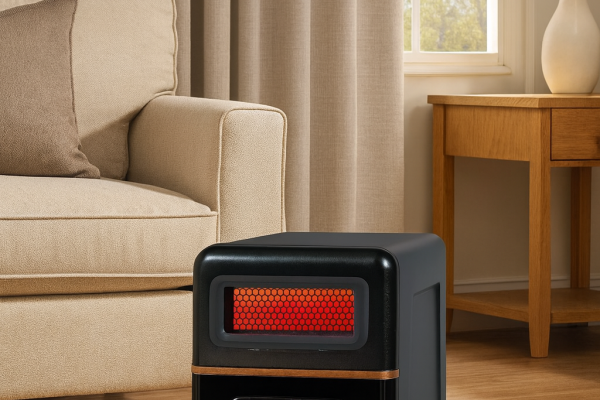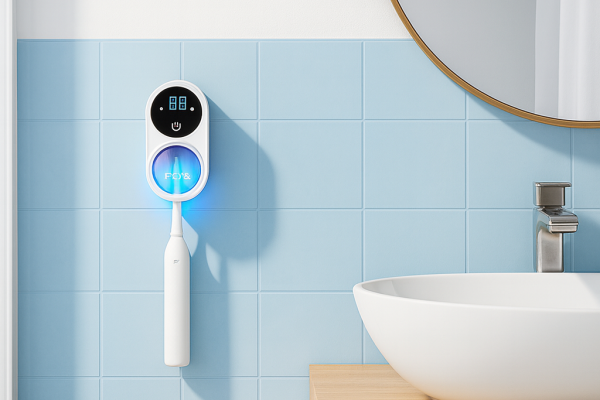
Food waste accounts for nearly 40% of all food produced in the United States, creating massive environmental problems when it decomposes in landfills and releases methane gas. Traditional composting requires space, time, and expertise that many modern households simply don’t have.
Enter the electric composter revolution.
These innovative kitchen appliances promise to transform your food scraps into useful material while fitting seamlessly into busy urban lifestyles. But with premium options like Lomi and Mill electric composters commanding hundreds of dollars, choosing the right model requires careful consideration.
This comprehensive comparison will help you decide which electric composter matches your household needs, space constraints, and sustainability goals.
What Makes Electric Composters Different?
Before diving into the Lomi vs Mill debate, it’s crucial to understand what these electric composter devices actually do.
How Electric Composters Work:
- Heat and grind food waste to reduce volume by 80%
- Use controlled temperature and moisture to accelerate breakdown
- Employ filtration systems to eliminate odors
- Process most cycles overnight while you sleep
Key Benefits Over Traditional Composting:
- No outdoor space required
- Complete odor control
- Pest-free operation
- Weather-independent processing
- Faster results (hours vs months)
Critical Reality Check: Most electric composter models, including both Lomi and Mill, don’t produce true compost. Instead, they create dehydrated, ground food waste that requires further processing or specific application methods to become soil-beneficial compost. This distinction matters for setting proper expectations about your electric composter’s output.
Lomi Electric Composter: Compact Convenience
Lomi 1.3 – 3L, Electric Composter [click to view…]
Lomi positions itself as the accessible electric composter for everyday households. This countertop appliance focuses on simplicity and integration into existing kitchen workflows.
Design and Target Market
The Lomi electric composter features:
- Countertop placement: Fits between other kitchen appliances
- Modern aesthetics: Available in white, sage, and black finishes
This electric composter targets apartment dwellers, small households, and anyone with limited floor space who still wants to reduce food waste.
Processing Technology
Lomi’s electric composter technology centers on heating and grinding with multiple operational modes:
Express Mode (3-6 hours):
- Fast processing for immediate results
- Low energy consumption (0.6 kWh per cycle)
- Suitable for fresh food scraps and plant waste
Grow Mode (11-17 hours):
- Lower temperature to preserve beneficial microbes
- Enhanced with LomiPods containing bacteria and fungi
- Produces more plant-friendly output
- Higher energy use (1.0 kWh per cycle)
Lomi Approved Mode (8-12 hours):
- Specifically designed for processing bioplastics
- Converts approved items into pre-compost material
Capacity and User Experience
Lomi World’s First Smart Waste [click to view…]
The Lomi electric composter holds 3 liters of food waste, requiring emptying every 2-4 days for active households. Users consistently praise its odor control through charcoal filtration and whisper-quiet operation under 45 dB.
Input Limitations:
- No liquids, large bones, or hard pits
- Primarily fruits, vegetables, coffee grounds, eggshells
- Some fibrous materials may cause occasional noise
Mill Electric Composter: Industrial-Strength Processing
Mill Food Recycler [click to view…]
Mill takes a different approach with its electric composter, emphasizing robust engineering and minimal user interaction.
Design Philosophy
The Mill electric composter specifications:
- Floor-standing design: 16″ W x 13″ D x 37″ H
- Large capacity: 6.5 liters, processes up to 40 pounds
- Premium construction: Hand-crafted in North America
- Engineered by former Apple and Nest leaders
This electric composter replaces traditional trash bins while providing comprehensive food waste processing.
Advanced Processing Capabilities
Mill’s electric composter uses powerful grinding technology (288 lbs of force) combined with intelligent dehydration:
Smart Operation:
- Machine learning optimizes cycle timing
- Sensors adjust based on waste type and quantity
- Typically 6-10 hour overnight cycles
- Averages 0.7 kWh daily energy consumption
Broad Input Compatibility: Mill’s electric composter handles almost any food waste:
Mill Food Recycler [click to view…]
- Meat, fish, and small bones (cooked or raw)
- Tough items like avocado pits and corn cobs
- Dairy, eggs, and plate scrapings
- Even limited amounts of paper towels
Extended Capacity Benefits
Unlike other electric composter models requiring frequent emptying, Mill allows continuous filling for weeks. Most households need emptying only once monthly, dramatically reducing daily maintenance.
Head-to-Head Electric Composter Comparison
Size and Placement

Processing Power
Lomi Electric Composter Strengths:
- Multiple specialized modes
- Microbial enhancement with LomiPods
- Faster Express cycles available
Mill Electric Composter Advantages:
- Handles tougher materials
- Broader input compatibility
- Automated intelligent processing
Output Quality and Applications

Lomi Earth (from Lomi electric composter):
- Finely-particulate material with coconut coir
- N-P-K ratio of 3.5-7-7 when enhanced
- Mix 1:10 with soil for plants
- Apply up to 10 lbs per 100 ft² on lawns
Mill Food Grounds (from Mill electric composter):
- Dry, coconut coir-like texture
- 85-90% organic matter content
- Multiple disposal options available
- Excellent compost pile accelerator
Cost Analysis
Lomi Electric Composter Investment:
- Initial cost: $399-$499
- Ongoing: $50 per 45 cycles for filters/pods
- Subscription: $60 every 3 months
- Annual consumables: ~$120-160
Mill Electric Composter Investment:
- Initial cost: $999 outright purchase
- Rental option: $35/month (12-month minimum)
- Subscription plans: $33-45/month
- Filter replacement: Every 12+ months
- Optional pickup service: $192/year
Environmental Impact of Electric Composters
Both electric composter models significantly reduce household environmental impact:
Carbon Footprint Reduction
Lomi Electric Composter:
Lomi Electric Composter [click to view…]
- Prevents 220 lbs food waste per 100 cycles
- Avoids 18 lbs methane emissions per 100 cycles
- Reduces over 70% carbon emissions when output used properly
Mill Electric Composter:
Mill Food Recycler [click to view…]
- Household avoids 735 kg-CO2e annually
- Additional 258 kg-CO2e from behavioral changes
- Up to 899 kg-CO2e with pickup service
Energy Considerations
Electric composter energy usage remains reasonable:
- Lomi: 0.6-1.0 kWh per cycle
- Mill: ~0.7 kWh daily average
- Both use less energy than dishwashers or ovens
Manufacturing Footprint
- Lomi electric composter: Manufactured in China, higher shipping emissions
- Mill electric composter: North American production reduces transport impact
Choosing the Right Electric Composter
Best Electric Composter for Small Spaces
Choose Lomi if you have:
- Limited kitchen floor space
- Apartment or condo living
- Modest food waste volume
- Preference for countertop appliances
The Lomi electric composter excels in compact kitchens where every inch of floor space matters.
Best Electric Composter for Large Households
Choose Mill if you have:
- High food waste volume
- Available floor space
- Desire for minimal maintenance
- Need to process diverse waste types
Mill’s electric composter capacity and automation suit busy families generating substantial food waste.
Best Electric Composter for Gardeners
For serious gardeners:
- Lomi with Grow Mode: Preserves microbes for more plant-ready output
- Mill Food Grounds: Excellent compost pile accelerator
Remember: Neither electric composter produces finished compost. Both require proper application or further processing for optimal plant benefits.
Budget-Conscious Electric Composter Decision
- Lower initial investment: Lomi electric composter
- Lower long-term costs: Mill electric composter (fewer consumables)
- Flexible payment: Mill rental/subscription options
Making Your Electric Composter Decision
The choice between Lomi and Mill electric composters ultimately depends on your specific situation.
Both electric composter models successfully address the core problem: diverting food waste from landfills while maintaining clean, odor-free kitchens. Your choice should align with your household’s unique needs, space constraints, and long-term sustainability goals.
The electric composter revolution is just beginning. As technology improves and costs decrease, these appliances will likely become as common as dishwashers, helping millions of households reduce their environmental impact one food scrap at a time.
Ready to join the electric composter movement? Consider your space, waste volume, and budget to choose the model that will serve your household best for years to come.
Dora Decora is a biophilic interior design specialist and passionate blogger. With a deep commitment to integrating nature into living spaces, Dora specializes in creating environments that foster human-nature connections through thoughtful design elements. Her approach emphasizes sustainable materials, natural lighting, and organic patterns that enhance wellbeing and reduce environmental impact.
This post (https://homechroma.com/lomi-vs-mill-electric-composter-comparison-guide) was originally published by Dora Decora on Home Chroma. As an Amazon Associates partner, we are compensated for all qualifying purchases.
